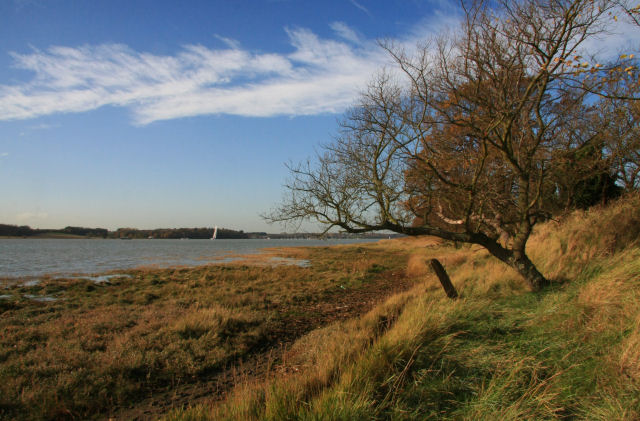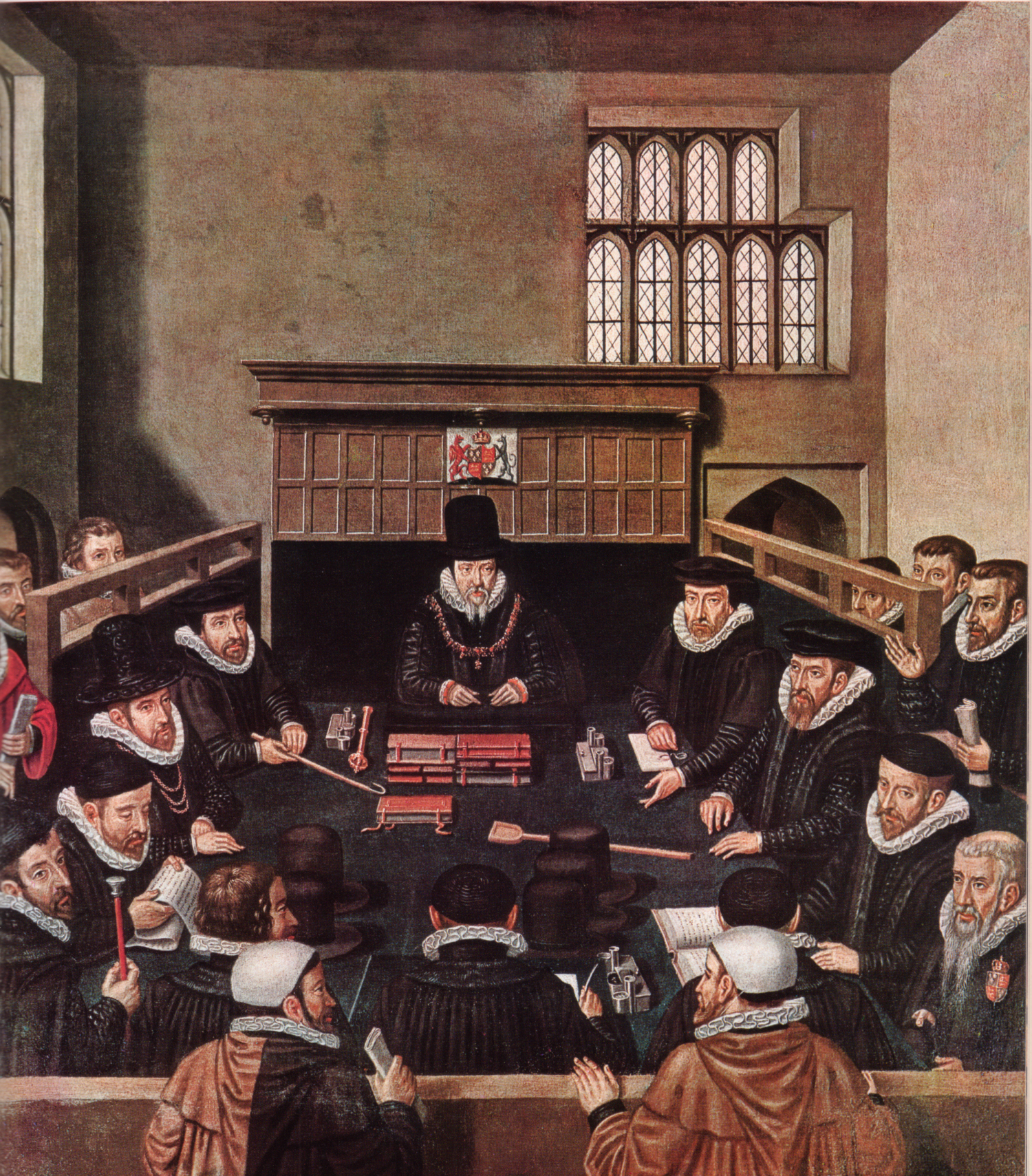|
Woodbridge Priory
Woodbridge Priory was a small Augustinian priory of canons regular in Woodbridge in the English county of Suffolk. The priory was founded in around 1193 by Ernald Rufus and was dissolved about 1537 during the dissolution of the monasteries.Page.W (1975) 'Houses of Austin canons: Priory of Woodbridge', ''A History of the County of Suffolk: Volume 2'', pp. 111-112available online. Retrieved 2011-05-01.The Abbey (Junior School), Woodbridge British Listed Buildings. Retrieved 2011-05-01. The site was acquired by the Wingfield family before passing to in 1564. The priory operated a satellite house at [...More Info...] [...Related Items...] OR: [Wikipedia] [Google] [Baidu] |
Augustinians
Augustinians are members of Christian religious orders that follow the Rule of Saint Augustine, written in about 400 AD by Augustine of Hippo. There are two distinct types of Augustinians in Catholic religious orders dating back to the 12th–13th centuries: * Various congregations of Canons Regular also follow the Rule of Saint Augustine, embrace the evangelical counsels and lead a semi-monastic life, while remaining committed to pastoral care appropriate to their primary vocation as priests. They generally form one large community which might serve parishes in the vicinity, and are organized into autonomous congregations. * Several orders of friars who live a mixed religious life of contemplation and apostolic ministry. The largest and most familiar is the Order of Saint Augustine (OSA), founded in 1244 and originally known as the Hermits of Saint Augustine (OESA). They are commonly known as the Austin Friars in England. Two other orders, the Order of Augustinian Recollec ... [...More Info...] [...Related Items...] OR: [Wikipedia] [Google] [Baidu] |
River Orwell
The River Orwell flows through the county of Suffolk in England from Ipswich to Felixstowe. Above Ipswich, the river is known as the River Gipping, but its name changes to the Orwell at Stoke Bridge, where the river becomes tidal. It broadens into an estuary at Ipswich, where the Ipswich dock has operated since the 7th century, and then flows into the North Sea at Felixstowe, the UK's largest container port, after joining the River Stour at Shotley forming Harwich harbour. The large Orwell Bridge carries the A14 trunk road over the estuary to the south of Ipswich. Name In the name ''Orwell'', ''Or-'' comes from an ancient river-name — probably pre-Celtic; but ''-well'' probably indicates an Anglo-Saxon naming. In ''A tour through England and Wales'', written in 1722, Daniel Defoe calls the river "Orwel" (though he does this inconsistently). He also mentions that "a traveller will hardly understand me, especially a seaman, when I speak of the River Stour and the River Or ... [...More Info...] [...Related Items...] OR: [Wikipedia] [Google] [Baidu] |
Christian Monasteries Established In The 12th Century
Christians () are people who follow or adhere to Christianity, a monotheistic Abrahamic religion based on the life and teachings of Jesus Christ. The words ''Christ'' and ''Christian'' derive from the Koine Greek title ''Christós'' (Χριστός), a translation of the Biblical Hebrew term '' mashiach'' (מָשִׁיחַ) (usually rendered as ''messiah'' in English). While there are diverse interpretations of Christianity which sometimes conflict, they are united in believing that Jesus has a unique significance. The term ''Christian'' used as an adjective is descriptive of anything associated with Christianity or Christian churches, or in a proverbial sense "all that is noble, and good, and Christ-like." It does not have a meaning of 'of Christ' or 'related or pertaining to Christ'. According to a 2011 Pew Research Center survey, there were 2.2 billion Christians around the world in 2010, up from about 600 million in 1910. Today, about 37% of all Christians live in the ... [...More Info...] [...Related Items...] OR: [Wikipedia] [Google] [Baidu] |
1193 Establishments In England
Year 1193 ( MCXCIII) was a common year starting on Friday (link will display the full calendar) of the Julian calendar. Events By place Levant * March 4 – Saladin (the Lion) dies of a fever at Damascus. The lands of the Ayyubid Dynasty of Syria and Egypt are split among his relatives. During his reign, he briefly unites the Muslim world, and drives the Crusaders out of Jerusalem to a narrow strip of coast. At the time of his death, Saladin has seventeen sons and one little daughter. Al-Afdal succeeds his father as ruler (''emir'') of Damascus, and inherits the headship of the Ayyubid family. His younger brother, the 22-year-old Al-Aziz, proclaims himself as independent sultan of Egypt. Al-Zahir receives Aleppo (with lands in northern Syria), and Turan-Shah receives Yemen. The other dominions and fiefs in the Oultrejordain (also called Lordship of Montréal) are divided between his sons and the two remaining brothers of Saladin. * May – The Pisan co ... [...More Info...] [...Related Items...] OR: [Wikipedia] [Google] [Baidu] |
Augustinian Monasteries In England
Augustinian may refer to: * Augustinians, members of religious orders following the Rule of St Augustine * Augustinianism, the teachings of Augustine of Hippo and his intellectual heirs *Someone who follows Augustine of Hippo * Canons Regular of Saint Augustine also called "Augustinian Canons" or "Austin Canons" *Order of Saint Augustine The Order of Saint Augustine, ( la, Ordo Fratrum Sancti Augustini) abbreviated OSA, is a religious mendicant order of the Catholic Church. It was founded in 1244 by bringing together several eremitical groups in the Tuscany region who were f ..., a mendicant order, also called "Augustinian Friars" or "Austin Friars" See also * Augustine (other) * {{disambiguation Augustine of Hippo ... [...More Info...] [...Related Items...] OR: [Wikipedia] [Google] [Baidu] |
Monasteries In Suffolk
A monastery is a building or complex of buildings comprising the domestic quarters and workplaces of monastics, monks or nuns, whether living in communities or alone (hermits). A monastery generally includes a place reserved for prayer which may be a chapel, church, or temple, and may also serve as an oratory, or in the case of communities anything from a single building housing only one senior and two or three junior monks or nuns, to vast complexes and estates housing tens or hundreds. A monastery complex typically comprises a number of buildings which include a church, dormitory, cloister, refectory, library, balneary and infirmary, and outlying granges. Depending on the location, the monastic order and the occupation of its inhabitants, the complex may also include a wide range of buildings that facilitate self-sufficiency and service to the community. These may include a hospice, a school, and a range of agricultural and manufacturing buildings such as a barn, a f ... [...More Info...] [...Related Items...] OR: [Wikipedia] [Google] [Baidu] |
Seckford Trust
The Seckford Trust (or Seckford Foundation) is a charitable trust founded in the 16th century by Thomas Seckford Thomas Seckford Esquire (1515 – 1587) was a senior lawyer, a "man of business" at the court of Queen Elizabeth I, a landowner of the armigerous Suffolk gentry, Member of Parliament,M.K. Dale, 'Seckford (Sakford), Thomas (1515/16-87), of Gra ...J. H. Baker, 'Seckford, Thomas (1515/16–1587)’, Oxford Dictionary of National Biography, Oxford University Press, 200accessed 29 April 2007/ref> that remains active to this day. The trust is based in and operates in the area of Woodbridge, Suffolk. The trust operates the Woodbridge School, a co-educational boarding school founded in 1577 with 725 students of ages four through eighteen. It also operates Seckford Almshouses, the Deben Family Centre, and other facilities, and gives grants to needy individuals and deserving organizations. In 2006, it opened a theatre within the grounds of Woodbridge school, called t ... [...More Info...] [...Related Items...] OR: [Wikipedia] [Google] [Baidu] |
Woodbridge School
Woodbridge School is an independent school in Woodbridge, Suffolk, England, founded in 1577, for the poor of Woodbridge. It was later supported by the Seckford Foundation. Woodbridge School has been co-educational since September 1974. History The school was founded in 1577; however, like so many others, it lapsed during the Civil War. In 1662 Robert Marryott, known as ‘the great eater’, hosted a feast for local worthies in Woodbridge which started at the Crown Hotel and finished at the King’s Head in Woodbridge. From this feast came the reincarnation of the school which today enjoys the curious claim of being the only independent school in the country to have been founded in two public houses. The Free School, Woodbridge, was an expression of the new confidence in England following the restoration of the monarchy in 1660. Local citizens contributed to the founding of the school in 1662, appointing a schoolmaster on an annual salary of £25 to teach, without charge, ten ... [...More Info...] [...Related Items...] OR: [Wikipedia] [Google] [Baidu] |
Alnesbourne Priory
Alnesbourne Priory, also known as Alnesbourn Priory, was a small Augustinian monastic house in the English county of Suffolk.Wilson.J.M (1872) 'Nacton', ''Imperial Gazetteer of England and Wales''available online. Retrieved 2011-04-30. It was located near Nacton to the south-east of Ipswich near to the River Orwell and the current route of the A14. The priory was probably founded in the 13th century by Albert de Neville, possibly as a satellite of Woodbridge Priory.Page.W (1975) 'Houses of Austin canons: Priory of Alnesbourn', ''A History of the County of Suffolk: Volume 2'', p. 91available online. Retrieved 2011-05-01.Page.A (1844) 'Alnesbourn Priory', ''Topographical and Genealogical, The County of Suffolk''. Retrieved 2011-05-01. It was annexed by the monks of Woodbridge at some point in the 15th century, possibly 1466.Page.W (1975) 'Houses of Austin canons: Priory of Woodbridge', ''A History of the County of Suffolk: Volume 2'', pp. 111-112available online. Retrieved 2011-05- ... [...More Info...] [...Related Items...] OR: [Wikipedia] [Google] [Baidu] |
Canons Regular
Canons regular are priests who live in community under a rule ( and canon in greek) and are generally organised into religious orders, differing from both secular canons and other forms of religious life, such as clerics regular, designated by a partly similar terminology. Preliminary distinctions All canons regular are to be distinguished from secular canons who belong to a resident group of priests but who do not take public vows and are not governed in whatever elements of life they lead in common by a historical Rule. One obvious place where such groups of priests are required is at a cathedral, where there were many Masses to celebrate and the Divine Office to be prayed together in community. Other groups were established at other churches which at some period in their history had been considered major churches, and (often thanks to particular benefactions) also in smaller centres. As a norm, canons regular live together in communities that take public vows. Their ear ... [...More Info...] [...Related Items...] OR: [Wikipedia] [Google] [Baidu] |
Thomas Seckford
Thomas Seckford Esquire (1515 – 1587) was a senior lawyer, a "man of business" at the court of Queen Elizabeth I, a landowner of the armigerous Suffolk gentry, Member of Parliament,M.K. Dale, 'Seckford (Sakford), Thomas (1515/16-87), of Gray's Inn, London', in S.T. Bindoff (ed.), ''The History of Parliament: the House of Commons 1509-1558'' (from Boydell and Brewer 1982)History of Parliament OnlineAnon, 'Seckford, Thomas I (1515 or 1516-87), of Woodbridge and Ipswich, Suff. and Clerkenwell, London', in P.W. Hasler (ed.), ''The History of Parliament: the House of Commons 1558-1603'' (from Boydell and Brewer 1981)History of Parliament Online and public benefactor of the town of Woodbridge. He was one of the Masters in Ordinary of the Court of Requests to Queen Elizabeth, 1569-1587, and was Surveyor of the Court of Wards and Liveries 1581-1587. He built mansions in Woodbridge, Ipswich and Clerkenwell, and was at different times Steward of the Liberty of Ely (St Etheldreda) in ... [...More Info...] [...Related Items...] OR: [Wikipedia] [Google] [Baidu] |



.jpg)


